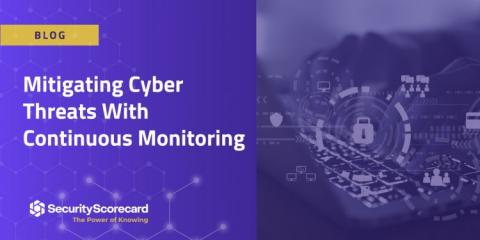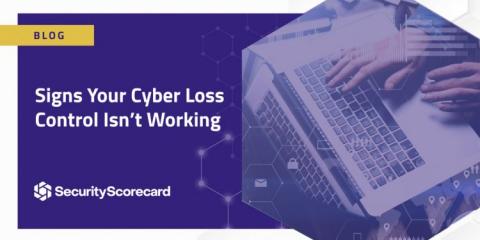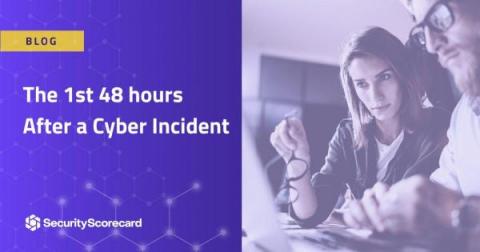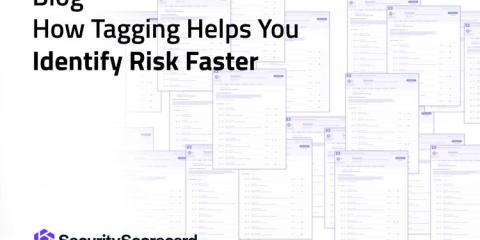Penetration Tests of Newly Released Web Applications
Running penetration tests of a mature web application is always a great challenge. Systems are usually well hardened, and scanners fall short of flagging anything interesting, requiring an experienced security engineer to identify vulnerabilities using advanced exploitation methods. On the other side, some applications are going for their first release ever or release after a major code change.










